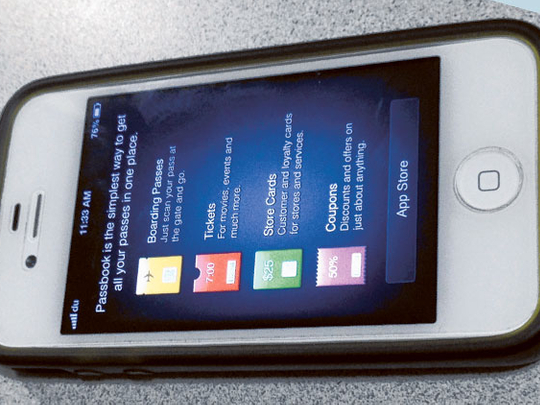
Mix GPS, mobile and social media technology, and the result is a marketer’s dream. It offers the ability to target customers with incentives, and even coupons, at the point of decision-making, compressing the buying cycle and necessitating ever more agile thinking in the arena of digital marketing.
As consumers increasingly turn from their laptops to their mobiles for web access, the next step will be a steep increase in product selection and payment on the run, with research firm IDC predicting that within two years, more users will go online on their mobile than via any other means.
Google’s latest report on travel habits has revealed the number of leisure travellers using mobile devices to access information has increased more than 450 per cent since 2009, and of these 40 per cent make actual travel bookings via mobiles.
Enlisting new technology
Naturally, the tech giants are making this easier for the consumer and it is up to the brand managers and marketing profession to enlist new technology to reach the consumer on the move.
Apple’s Passbook, for example, is a virtual file folder that acts like an online file to accommodate everything from travel tickets and boarding passes through to coupons and more. But the additional advantage of the Apple-built app is potential to host third-party apps of the likes of Fandango and Starbucks in one convenient place.
Bringing in GPS technology, each app has the built-in ability to highlight relevant information according to location — walk past a Starbucks outlet and a reminder will pop up to highlight the fact that there is $9 on your Starbucks card.
In the US, American Airlines and cosmetics retailer Sephora are among the big-name companies that have developed apps for Passbook and seen them downloaded by the tens of thousands since the system was launched in last summer.
Sephora had 38,000 more app downloads than usual the day Passbook launched and says 10,000 of its ‘Beauty Insider’ reward cards added to Passbook that day alone. That number has since jumped to 375,000.
Additionally, the company makes use of Passbook for gift cards where a user can send a gift to a friend.
Meanwhile, Google has gone one step farther in introducing Google Wallet, which uses NFC technology to enable the consumer to pay retailers. Whereas NFC technology requires many businesses to upgrade their checkout systems, Apple’s Passbook is designed to remind consumers of deals or gift cards when they are in the vicinity of the relevant retailer to enhance the iOS app experience — and retailers only need to be able to scan QR or ticket codes for the feature to work.
There are teething troubles, and business and app designers must first make sure users know the app is Passbook-enabled, and then work to ensure they understand how to set up a pass and use it.
While Passbook has passed the ‘cool’ test, it can only succeed in the long term if it garners support from major businesses. But if the enthusiasm of the aviation sector is any indication, that won’t be a problem.
Qantas and Virgin Australia now support Apple’s Passbook app for their mobile boarding passes, British Airways is in the throes of adding Passbook support for its online check-in system, while Cathay Pacific and Singapore Airlines are both working on a Passbook feature on iPhone.
Virgin Atlantic has this month launched a Passbook service for flights out of Heathrow, Gatwick and Manchester in the UK, with Sydney and Hong Kong the next steps in global roll-out. To date, the Gulf’s super carriers have yet to embrace this application.
It’s early days, but Passbook is already showing marketers that they need to identify the critical touch points that allow brands to connect to consumers, to drive intent and purchase, and prompt that high level of engagement with customers that is the new sales tool.
— The writer is a brand consultant based in San Francisco.











